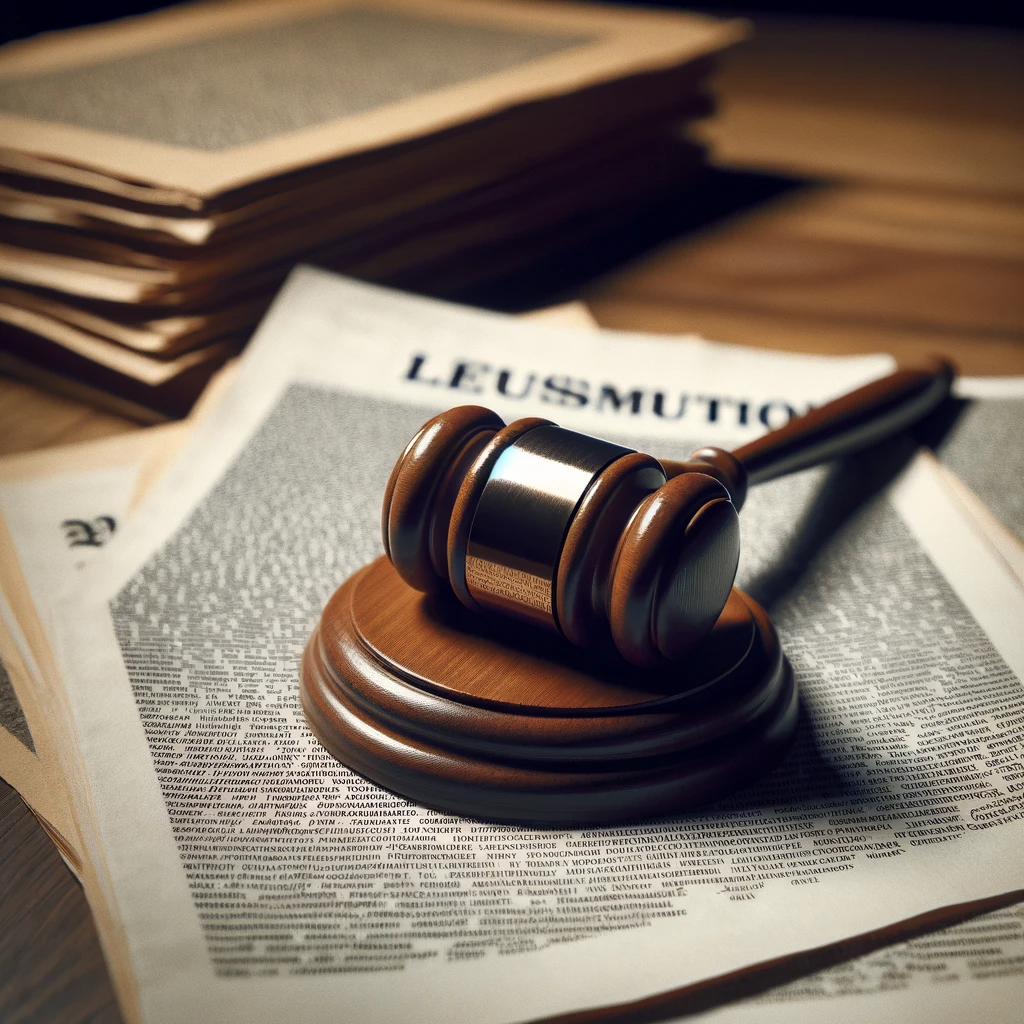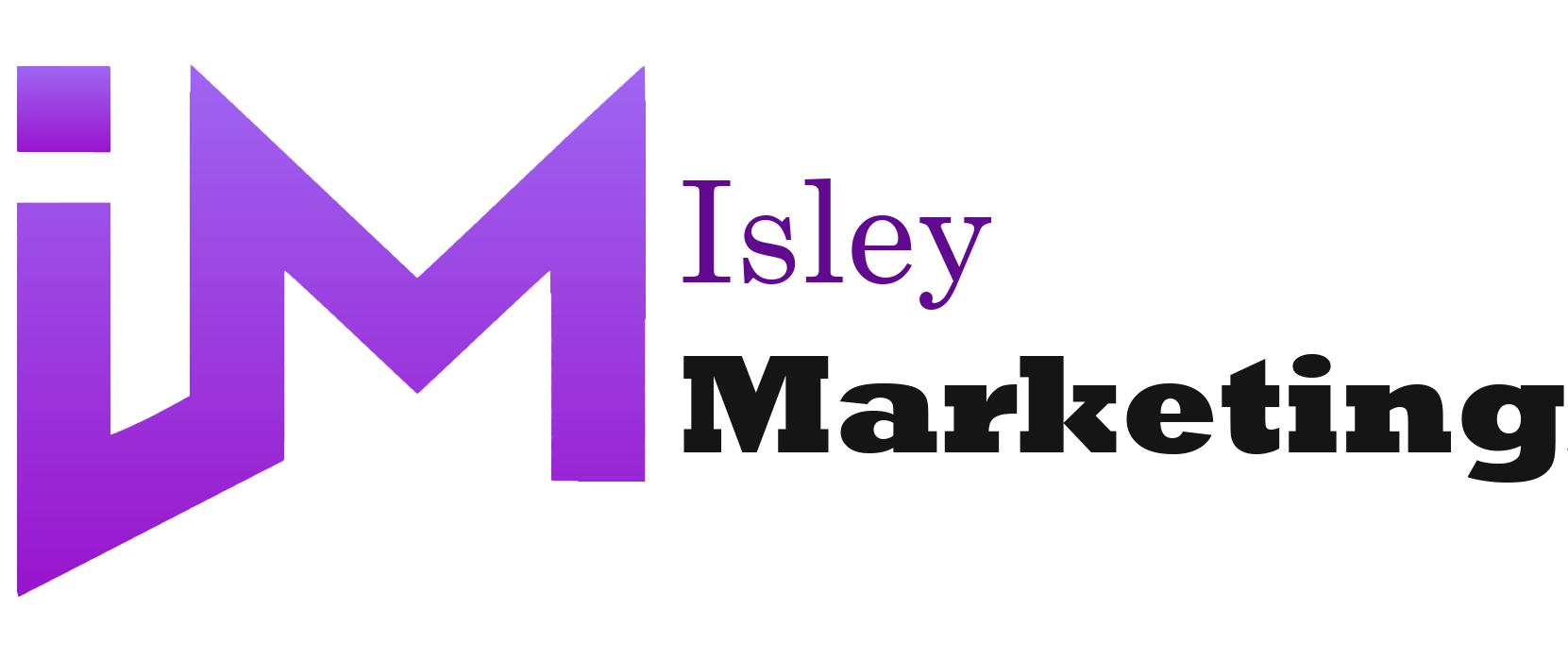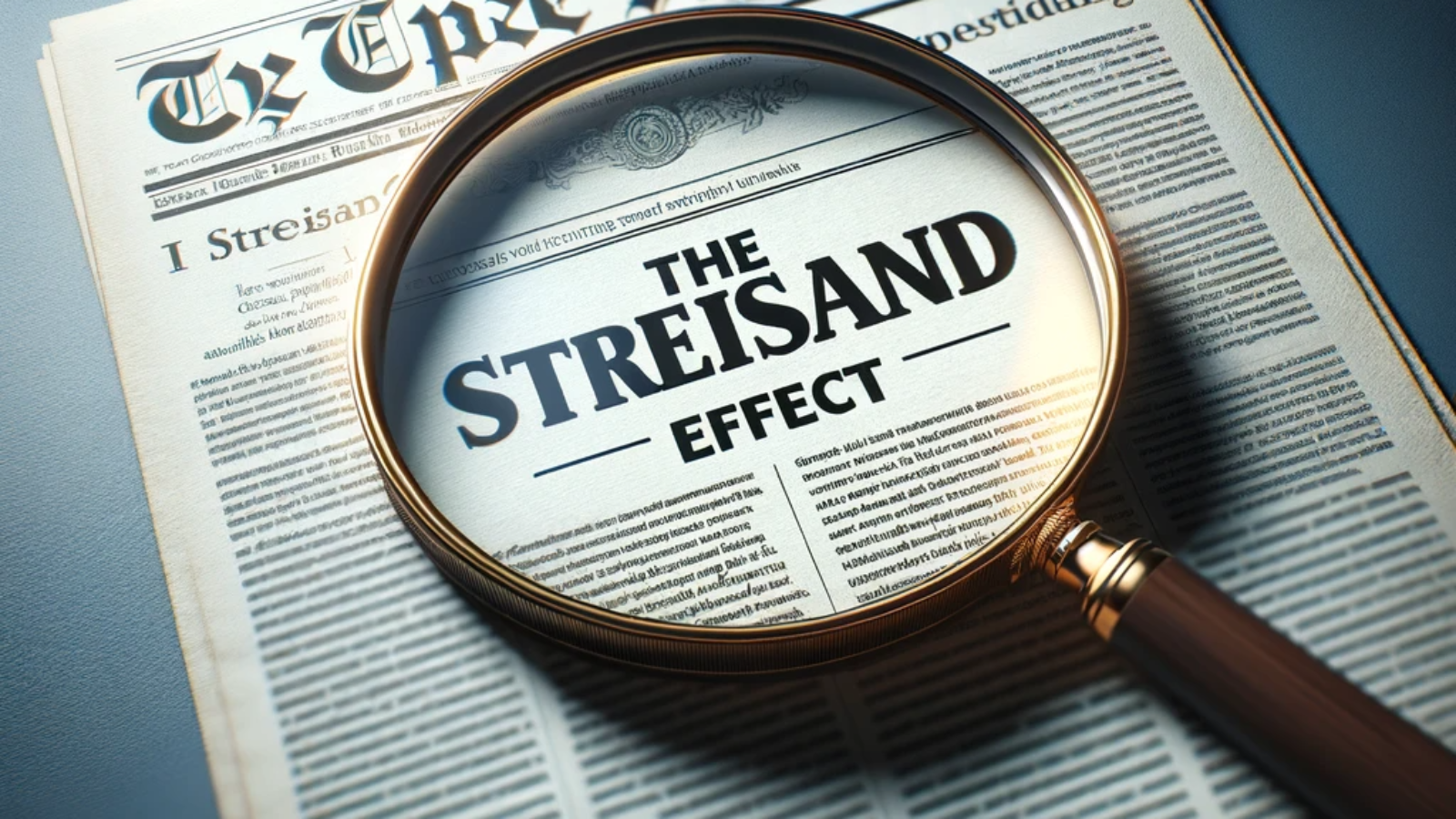What Is the Streisand Effect and How Can You Avoid It?
The Streisand Effect is a fascinating phenomenon in the digital age. It attempts to hide, remove, or censor information backfire, leading to unintended widespread publicity. This article delves into the intricacies of the Streisand Effect, its origins, notable examples, and strategies to avoid falling victim to it.
Understanding the Streisand Effect
Introduction to the Streisand Effect
The term Streisand Effect refers to the unintended consequence of amplifying information by trying to suppress it. Named after American singer and actress Barbra Streisand, whose efforts to hide a photograph of her residence inadvertently made it more famous.
For a FREE client acquisition strategy, Click HERE!
Historical Background and Etymology
The Streisand Effect originated in 2003 when Barbra Streisand sued photographer Kenneth Adelman and Pictopia.com for violation of privacy. The lawsuit aimed to remove an aerial photograph of her Malibu residence from the publicly available California Coastal Records Project, a collection documenting coastal erosion. Ironically, this legal action led to over 420,000 people visiting the site, a stark contrast to the six downloads before the lawsuit.
Mike Masnick of Techdirt coined the term “Streisand Effect” in 2005 while discussing a separate incident. This term has since become a staple in discussions about privacy and information suppression.
Psychological Basis of the Streisand Effect
- Concept of Psychological Reactance: When people know that information is being kept from them, their desire to access and spread it increases.
- Human Curiosity: The allure of forbidden knowledge often piques public interest, fueling the spread of the very information that was intended to be concealed.

Notable Examples of the Streisand Effect
- In Politics and Government: The French intelligence agency’s attempt to delete a Wikipedia article about the Pierre-sur-Haute military radio station led to the article becoming the most-viewed page on the French Wikipedia.
- By Businesses: The AACS encryption key controversy, where cease-and-desist letters led to widespread dissemination of the encryption key across the internet.
- By Other Organizations: The Church of Scientology’s efforts to remove a video of Tom Cruise talking about Scientology resulted in increased visibility and criticism.
- By Individuals: Footballer Ryan Giggs’ attempt to impose a super-injunction on his alleged affair only increased public interest in the story.
For a FREE client acquisition strategy, Click HERE!
Avoiding the Streisand Effect
Strategies for Avoiding the Streisand Effect
To avoid the Streisand Effect, it is crucial to understand the dynamics of information spread in the digital age:
- Assess the Risks: Before attempting to suppress information, consider the potential for backfire.
- Alternative Approaches: Sometimes, addressing the issue directly or using humor can be more effective than suppression.
Case Studies: Successful Avoidance of the Streisand Effect
Analyzing instances where potential Streisand Effects were averted can provide valuable insights into effective strategies.
The Role of Social Media and Digital Platforms
- Amplification by Social Media: Platforms like Twitter and Facebook can rapidly increase the visibility of suppressed information.
- Best Practices: Transparency and timely communication can often mitigate the risks associated with the Streisand Effect.

Legal and Ethical Considerations
- Legal Implications: Legal actions to suppress information can often lead to greater exposure.
- Ethical Aspects: Balancing the right to privacy with the public’s right to information is a delicate task.
FAQs About the Streisand Effect
- What is the Streisand Effect? The phenomenon where attempts censor information result in increased public attention to that information.
- How can the Streisand Effect be avoided? By carefully assessing the potential repercussions of suppression attempts and considering alternative strategies.
- Are there any famous examples of the Streisand Effect? Yes, several cases, including Barbra Streisand’s lawsuit and the AACS encryption key controversy, are well-known examples.
Conclusion
The Streisand Effect serves as a cautionary tale in the age of information. Understanding its dynamics and considering alternative approaches to information suppression are crucial in navigating the complex landscape of digital communication and privacy.
External Links and Recommended Anchor Texts
- California Coastal Records Project – Anchor text: “Original case of the Streisand Effect”
- List of Streisand effect examples – Anchor text: “Diverse instances of the Streisand Effect”
- Pierre-sur-Haute military radio station – Anchor text: “Governmental example of the Streisand Effect”

